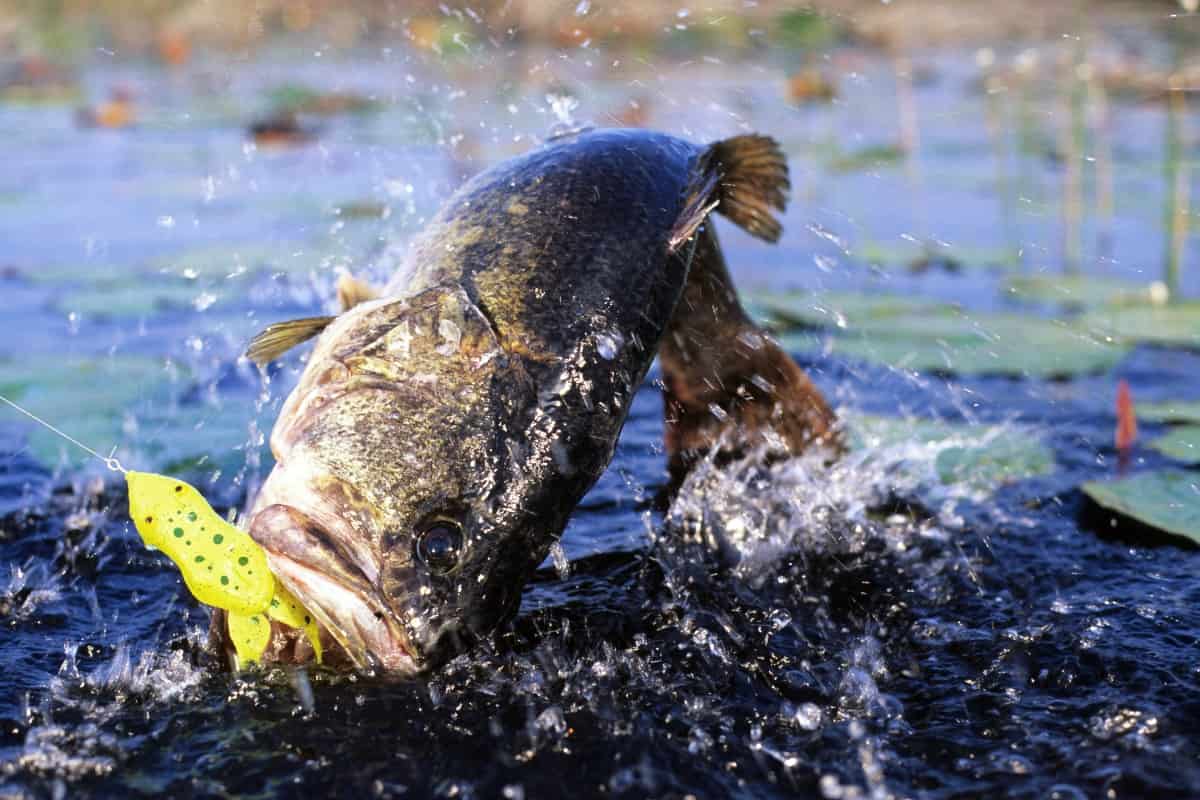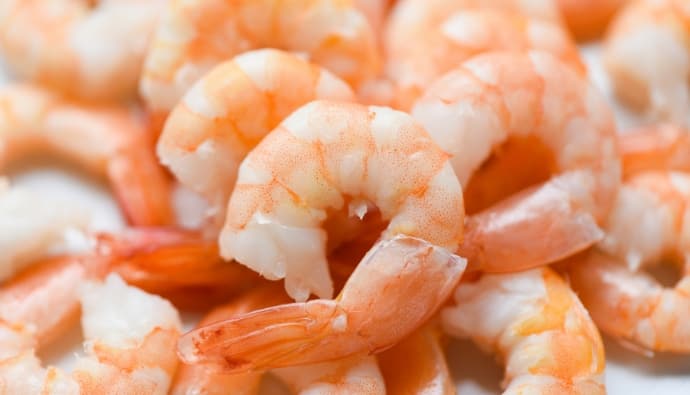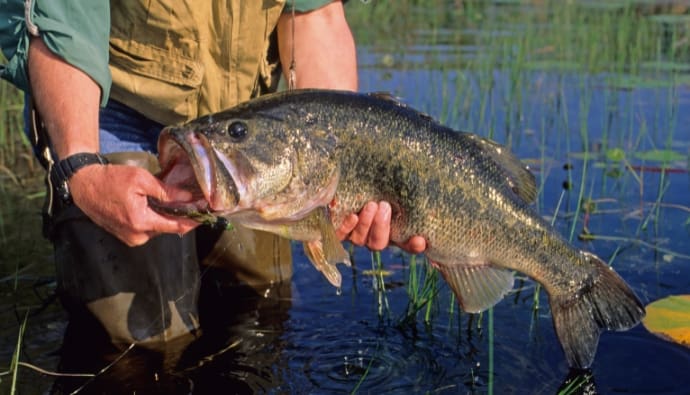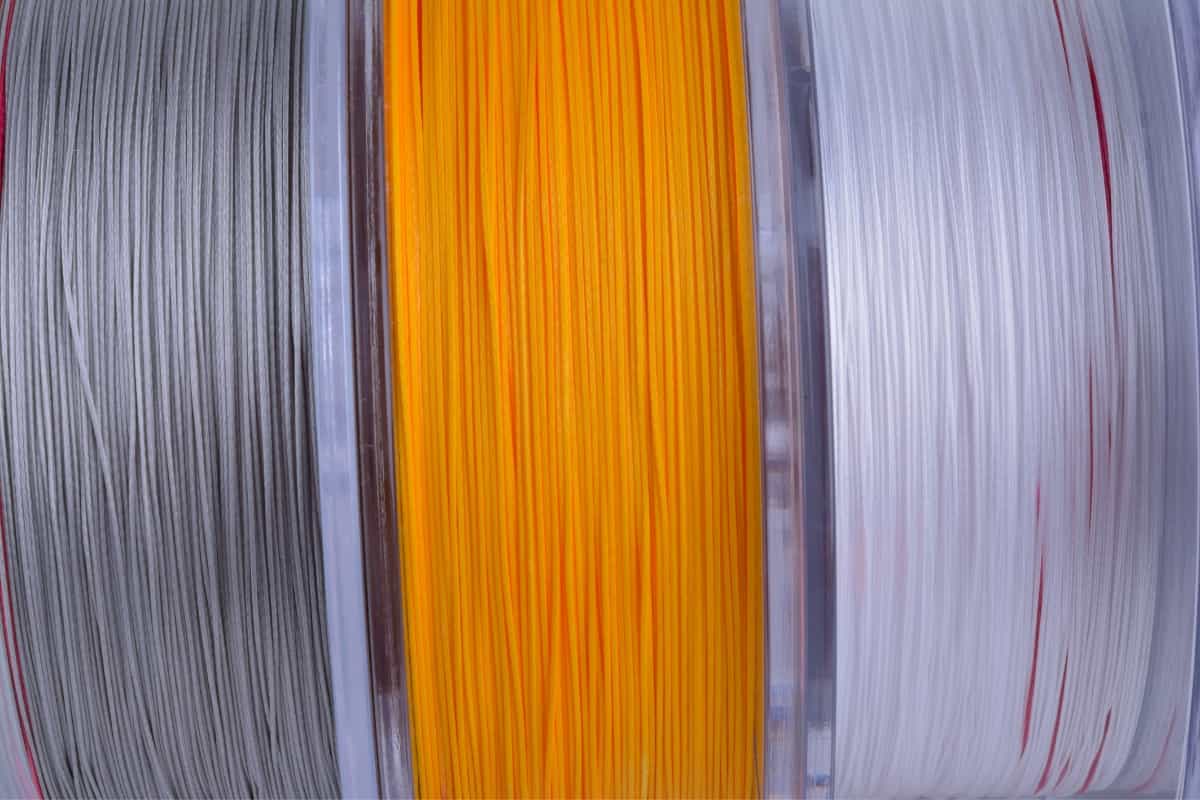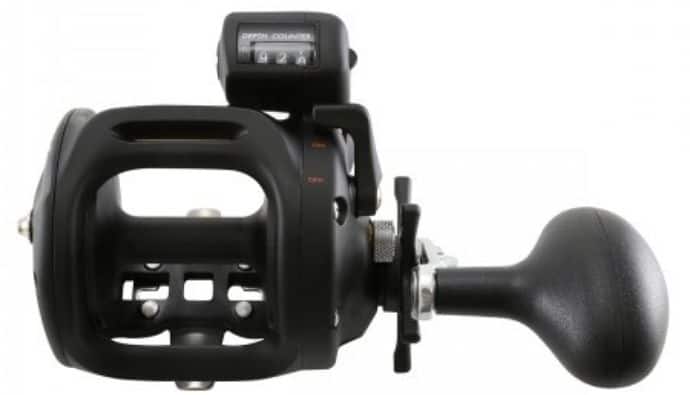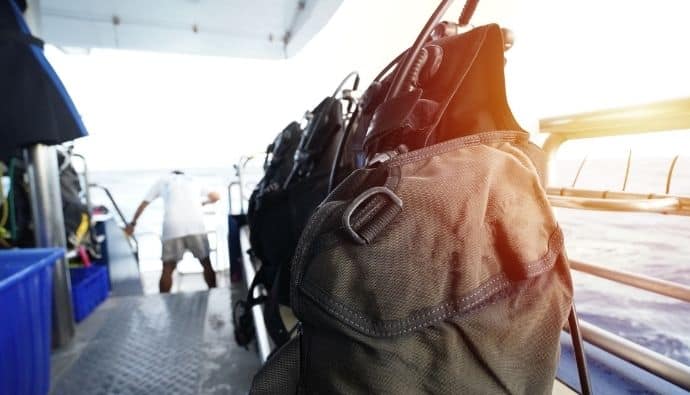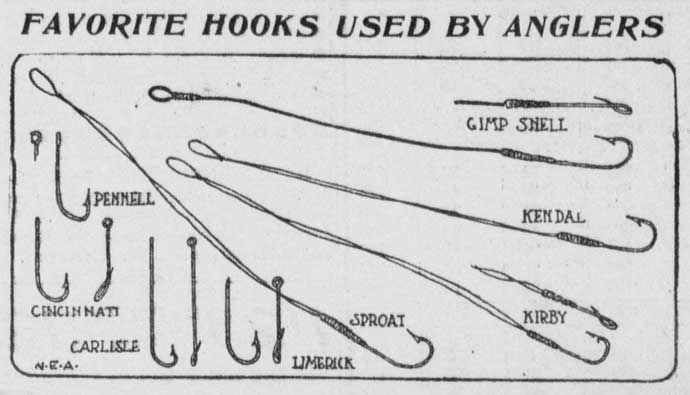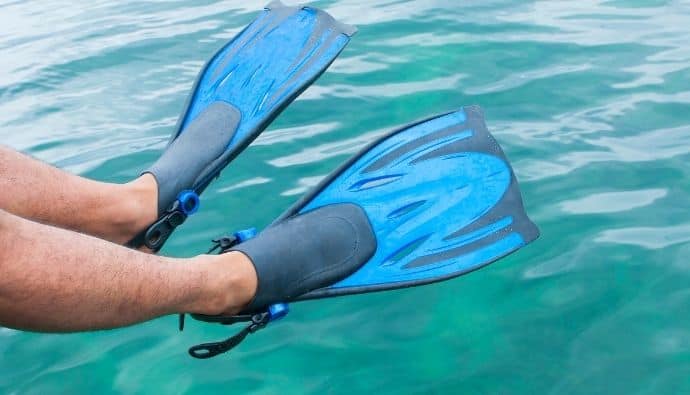Bass fishing is a challenging sport. These fish are potent predators who are known to break low-quality lines. That being said, it’s essential to know that different lines work better for different situations.
For example, if you’re in thick cover and are throwing lures, a braid works well to ensure you don’t lose your tackle. Some other methods, like finesse fishing, require lighter fluoro or mono.
You should always use a quality bass fishing line regardless of the fishing method. Here are our recommendations for a few you should consider.
| Image | Product | Details | |
|---|---|---|---|
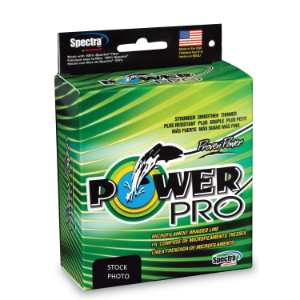 | Best Bass LinePowerPro Spectra |
| Check Current Price |
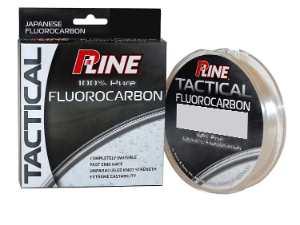 | FluorocarbonP-Line Tactical Premium |
| Check Current Price |
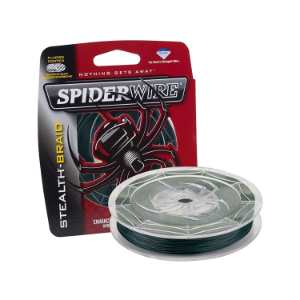 | Spiderwire |
| Check Current Price |
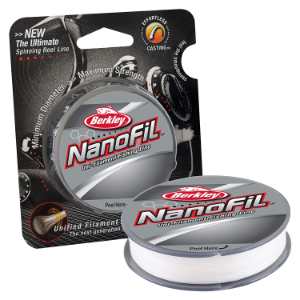 | Berkley NanoFil |
| Check Current Price |
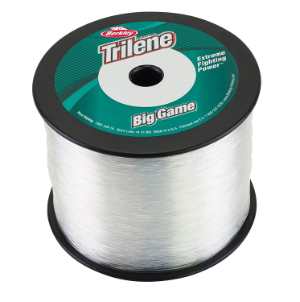 | MonofilamentBerkley Trilene |
| Check Current Price |
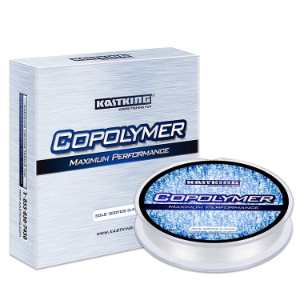 | KastKing Copolymer |
| Check Current Price |
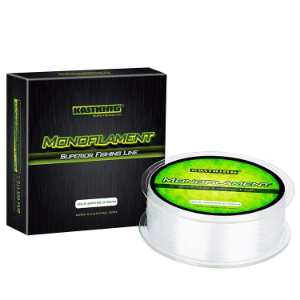 | BudgetKastKing Monofilament |
| Check Current Price |
7 Best Fishing Lines for Bass
- PowerPro Spectra
- P-Line Tactical Premium
- Spiderwire
- Berkley NanoFil
- Berkley Trilene
- KastKing Copolymer
- KastKing Monofilament
1. PowerPro Spectra – Best Fishing Line for Bass
The PowerPro Spectra fiber braid is known for being round, smooth, and sensitive enough to feel the lightest of bites. Made with spectra fiber, it is incredibly resistant to abrasions, so it won’t snap off if it gets snagged around heavy cover.
Made with spectra fiber, it boasts high strength-to-diameter ratio as well as zero stretches, which makes it ultra-sensitive.
We loved how smooth this braid was. It didn’t cut the guides; we could cast it quite far because of reduced friction.
However, according to some reports, the braid tends to unravel when it frays, but most of the claims were the angler’s fault, not the line.
2. P-Line Tactical Premium
The P-Line is fluorocarbon known for its low memory, strength, high density, and spectacular performance.
Built via extrusion, the fish line is almost invisible underwater, which increases an angler’s chances of catching skittish fish. Additionally, it has nearly zero stretch and low memory, which allows long casts.
This fluorocarbon line has a super thin diameter, which makes it extra sensitive. However, it tends to twist, which can be quite frustrating.
3. Spiderwire
As one of the best braided lines bass anglers can have, the Spiderwire superline boasts abrasion resistance and is excellent for casting, spooling, and spinning.
Made with fluor-polymer microfiber, which is made from Dyneema microfilaments, it is durable and tough enough to withstand stubborn fish with ease.
The Spiderwire fishing line is famous because it is one of the more affordable lines on the market. However, it tends to knot up, and since it is super strong, you cannot break it without using a sharp knife when you use it.
4. Berkley NanoFil
The Berkley NanoFil monofilament is ideal for using a spinning reel. What makes this option stand out from other line types is that it is the first-ever uni-filament line. That is what gives it high accuracy and keeps it super durable.
This product has zero memory, and it’s able to cast long distances. However, you can only make a select few knots in it, so if you tie the wrong one, you may spend more time replacing your hooks.
5. Berkley Trilene
Perfect for catching big fish, the Berkley Trilene boasts strong abrasion resistance and is super smooth, which prevents twists.
The affordable line comes in a large spool, can withstand harsh conditions, and has high sensitivity. Suitable for salt and freshwater fishing, this line is considered to be one of the best affordable options for the amount you receive.
The Berkley Trilene is amazingly strong and is an excellent monofilament for catching big fish besides bass such as bluefish and salmon. However, it has a lot of memory and has to be replaced every few trips or so before you can use it.
6. KastKing Copolymer
The KastKing fishing line is made from copolymer, which is a more advanced version of the monofilament. It is made from two kinds of nylon polymers, while monofilament is made from a single one.
A great way to describe it is to say it is a mix of braided line and monofilament. The option also boasts full fluorocarbon coating and is almost invisible in the water, which can increase your catch ratio.
Since this fishing line is made from copolymer, it can sink immediately in the water compared to a monofilament, which takes its time. However, it is not suitable for topwater, so if you use topwater lures, it won’t do you much good.
7. KastKing Monofilament
The Kastking Monofilament line can withstand a 30 lbs test max, and it also makes a high leader line. It is made with roll-tracked technology that prevents it from digging into the spool as you use it, and it also eliminates memory for easy spooling and better-cast control.
We love the fact that this monofilament fishing line reduces backlash and doesn’t knot up with the wind. However, it can be quite stiff and challenging to painful at first, but that is what makes it great in heavy cover.
Types of Fishing Line for Bass
Lines are made from fluorocarbon or monofilament or braid, or a mix of materials. However, the kind of line you choose should depend on the kind of fish you are after.
Since we are focusing on bass in this guide, here are some tips you should refer to when you are shopping for the appropriate line to catch the fish:
What Pound Test Line Should I Use for Bass Fishing?
Whether you are using a fluorocarbon, braided line, or monofilament line to catch bass, make sure it can withstand a 10 to 65-pound test depending on the size of the fish and the type of tackle you use. This is the ideal line because it can flip heavy cover.
What is the Best Fishing Line for Bass such as Largemouths?
Since you will be using treble hooks to hook largemouth bass, you should use a stretchable monofilament for them.
It is also a good line for lipless and diving crankbaits. It also floats better compared to braided lines and fluorocarbon, which makes it suitable for casting topwater lures and free-lined baits.
The stretch also allows bass anglers to incorporate movement in the line to entice the fish into biting.
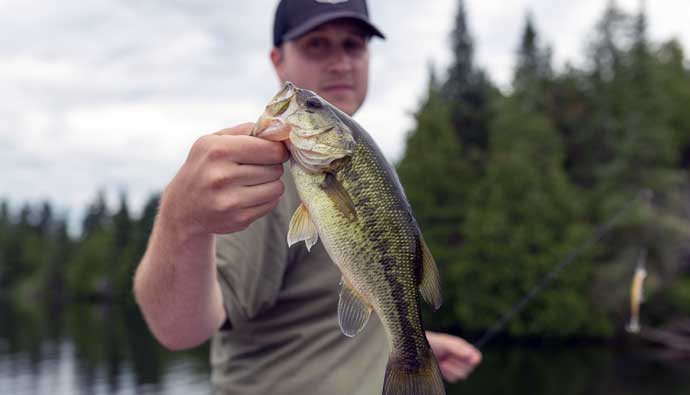
Can Bass See Fishing Lines?
Yes, the fish can see your line, so make sure that the one you use is invisible in the water. A transparent fluorocarbon line can work, but just make sure that the color should differ depending on the environment you are in.
To understand this, you have to know how its vision works. Bass rely on this sense to survive, so it is little wonder why they have a high field of view.
The fish can also see color, but the shade it detects depends on light conditions. This can prove challenging if you fish during the day when light wavelengths are the most visible.
If you want to ensure you can see the line underwater, use a color that contrasts with the color of the water. If you are bass fishing at night, on the other hand, you can pick any shade of your choice.
Clear fluorocarbon is recommended because it has almost the same refractive index as water, which makes it almost invisible underwater.
Frequently Asked Questions
That depends on several factors. If you use a bass spinning reel, any monofilament and fluorocarbon line that exceeds 10 to 12 lbs will be too heavy. Choose a line that is between 6 to 12 pounds.
Again, that depends on the fish you are after and the fishing conditions. The ones above are considered to be some of the finest.
Braided lines are great for bass fishing because they give a robust hook set, which proves invaluable for catching thick-lipped fish. It also allows anglers leverage to pull stubborn fish out from heavy cover before it can get tangled up in it.
Rather than fluorocarbon or braided lines, use copolymer if you are going for smallmouth for the first time. The line is sensitive enough to give you the confidence to continue as you increase your catch rate.
Fluorocarbon is considered to be the best in this regard, so you should use it for bass. Plus, fluorocarbon turns almost invisible when it is submerged. If you are using a braid fishing line, use a fluorocarbon leader because the braid is highly visible to fish. The fluorocarbon leader will not be detectable at all.




 Facebook
Facebook YouTube
YouTube

